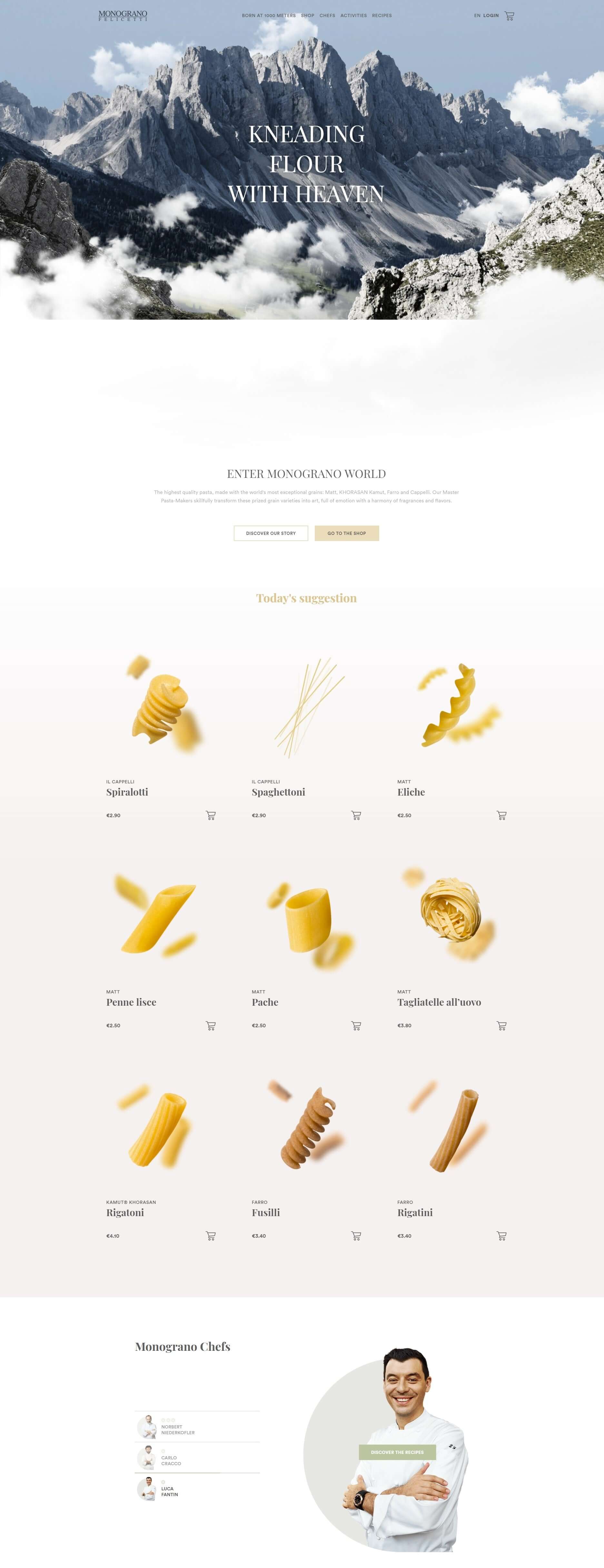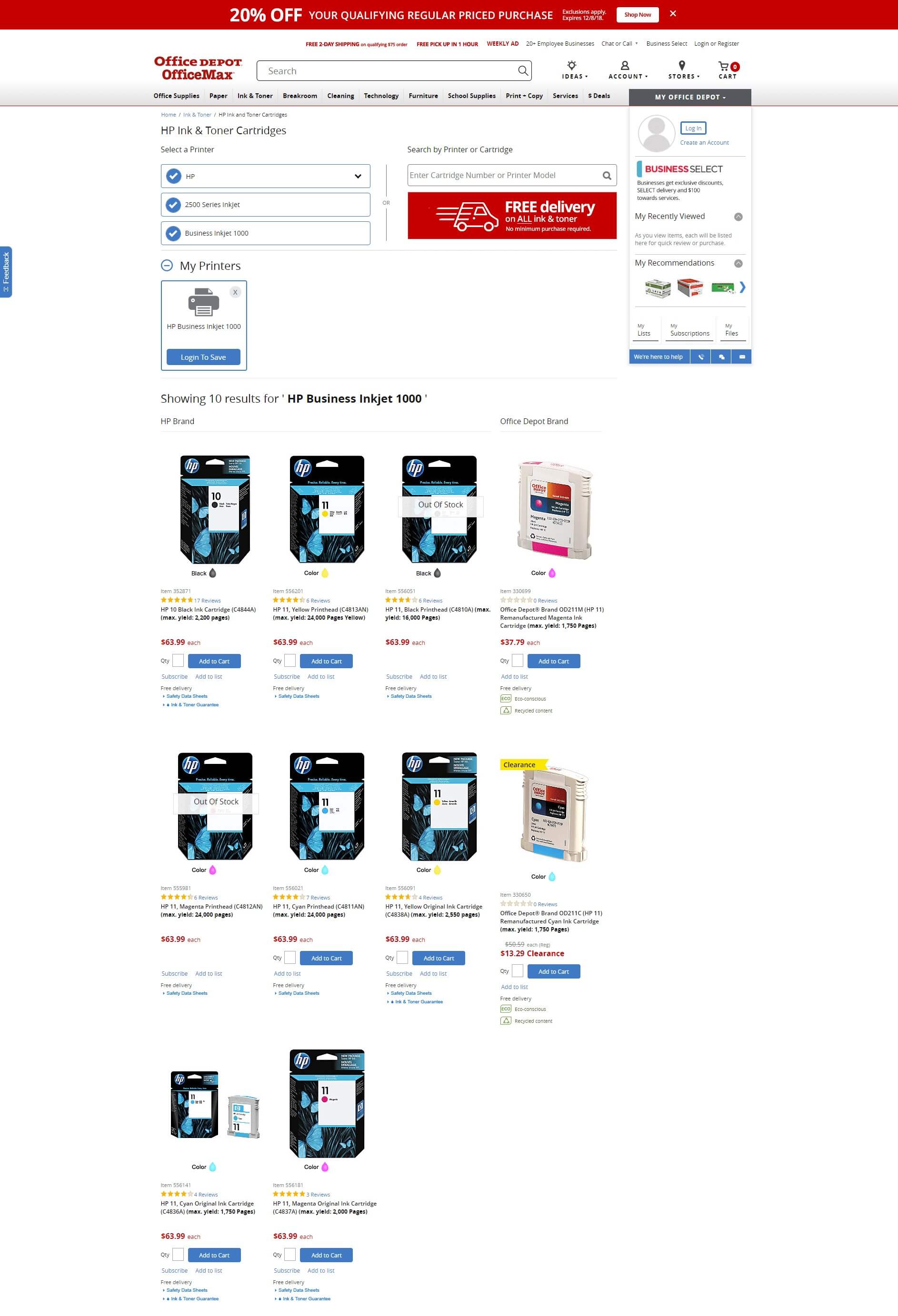Ecommerce is big business. In fact, current estimates suggest that the online market will be worth more than $4 trillion by 2020, accounting for 14.6% of total retail spending by that point.
Those are staggering numbers, but in order for your organization to take advantage of the online boom you can’t just do eCommerce, you’ve got to do it well.
You see, despite its obvious potential, many eCommerce sites are simply failing to deliver the experience consumers are looking for. Indeed if you look at the research the average rate of cart abandonment stands anywhere between 70-86% depending on what device is being used.
That’s a lot of money that’s being left on the table. So how can you make sure your eCommerce store is organized for success?
It’s vital that your eCommerce site has a clear and defined structure that enables customers to easily find what they are looking for. The first step to achieving this is creating a Taxonomy. This is a clear scheme of classification that helps you to create an organized structure for your site.
Ensuring your taxonomy is logically structured will improve the usability of your site. Creating a clear hierarchy of categories and subcategories using the help of tags and attributes will make it easier for your content and products to be found by users of your site.
The secret to building eCommerce taxonomies is to keep it simple. If you sell a limited number of products, don’t feel the need to split them into a million different categories and sub-categories just for the sake of it. However, the more products you have, the more sub-categories you’ll need in order to make the central navigation less overwhelming.

The key is not to bombard your customers with too many choices. Keep it simple and well-organized and constantly monitor your site structure to make sure that it is working. Drawing out a product tree can help you be aware of the customer’s journey through your eCommerce site.
As your website and business evolve, so might the way you organize products. So make checking your eCommerce taxonomies a regular part of your website audit. You may ask “When and how often should you be conducting a website audit?’’ There isn't a hard and fast rule – some people advocate once or twice a year, some say as often as you can. But aiming to do a website audit once per quarter is a good rule of thumb.
You could have the best-structured website in the world, but if it isn’t user-friendly and visually appealing then it is not going to turn traffic into sales. This is where great design comes in. Design isn’t just about creating a site that looks good, it’s about creating a site that works just as well.
You’ve got to strike the right balance between visual and verbal information. Customers are more likely to buy in response to viewing images rather than just plain text. Indeed 93% of consumers consider visual appearance to be the key deciding factor in a purchasing decision.
Videos are also important. Today, more and more stores are embracing embedded video to show off their products. 73% of consumers are more likely to purchase a product or service if they can watch a video explaining it beforehand. So if you haven’t given it a shot yet, it’s time to start exploring how video can transform your eCommerce experience.
Elsewhere, bold headings don’t just help SEO but can also improve the scannability of a site. Giving the user a snapshot of the information they want will make your site easier on the eye and enable your customers to make a fully informed decision at a glance. Take a look at the website for Canadian meal preparation service Fresh Prep for example, which does an excellent job of balancing information and design.
You should also use plenty of white space to improve the display of your product or information. This uncluttered approach lets them breathe so that your customers can breathe too. As we mentioned earlier, it’s important that you don’t overwhelm your customers. Instead, focus on providing them with the information they want on your product in an easy straightforward manner.

Here is a great example of a site that leverages the use of white space to make their products stand out. The clean and fresh look helps the brand image look more refined as well as allowing for easy navigation.

In comparison, this product page appears cluttered and does not allow the user's eye to easily focus on one place.
Now we get to the most crucial part of the purchasing process. Why? Because this is the point at which interest is converted into action. Despite its importance, this is also the point at which two-thirds of consumers abandon the process and fail to complete the purchase of the goods that are already in their cart.
To maximize your cart value to completion revenue ratio, you need to understand the reasons why the majority of customers abandon the purchase at this final point. In general, there are three key reasons why customers abandon their carts:
So, armed with the knowledge of what causes cart abandonment, what can you do to ensure that your customers are completing their purchases?
There are two ways to deal with shoppers leaving your site before buying:
The key to converting customers is to make the purchasing process as easy as possible.
Keep the checkout process streamlined and make editing the cart easy so that they can change their minds at any time. Make sure visitors know where they are in the checkout process by using on-screen progress indicators, and use autofills as well as one-click steps wherever you can.
You can also make things easy for your customers by offering different payment methods. As well as Visa and Mastercard, consider offering American Express and PayPal. You should also make the payment process simple and avoid registration processes or the need to open accounts. Finally, consider offering free shipping to avoid the 61% of customers who quit their order if this isn’t offered. The less friction you create for customers, the better.

According to AdRoll only 2% of shoppers purchase on their first visit to an online store. So if you want to convert more of your customers, it’s vital that you don’t lose track of the other 98%
Using ad retargeting and personalized email recover campaigns are two key tactics which you can employ to recapture shoppers, enticing them back to your store to complete their order.
With so many online eCommerce retailers fighting for the chance to win over your customers, it’s important that your company stands out from the crowd. As a result, you need to actively show your customers that you are better than your competitors. Don’t be afraid to use third-party endorsements. This clearly shows how you are protecting your customers’ personal information and what transaction security features your eCommerce website uses.
These are just some of the things that you can do to improve your eCommerce site, but if there’s one thing you take away from this blog it’s that constant monitoring is key.
There is no silver bullet when it comes to the web, so it’s vital that you constantly analyze what is working for your site and what isn’t. Testing is crucial, and by analysing the data and taking the time to understand the experience that people have when they visit your site, you can go a long way to ensuring it is set up to convert traffic into customers.
Speak with our team of experts to discover how your eCommerce website and strategy can be improved to provide customers with an exceptional online experience while delivering on your business goals.
Receive exclusive action-focused content and the latest marketing insights.